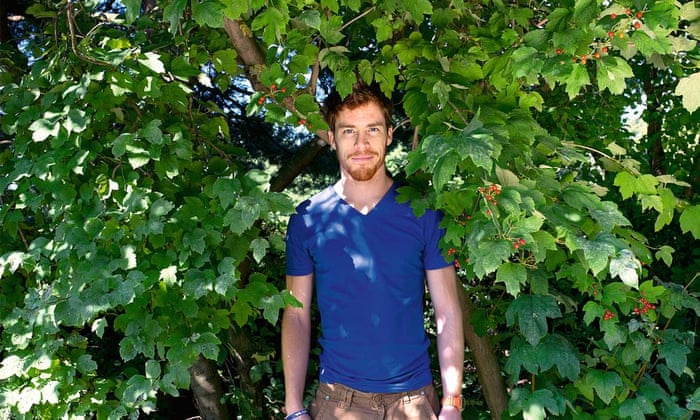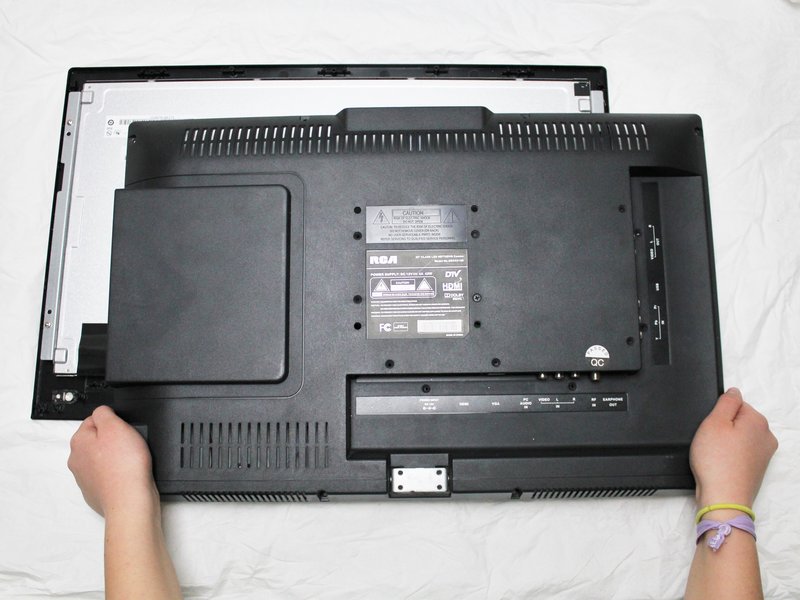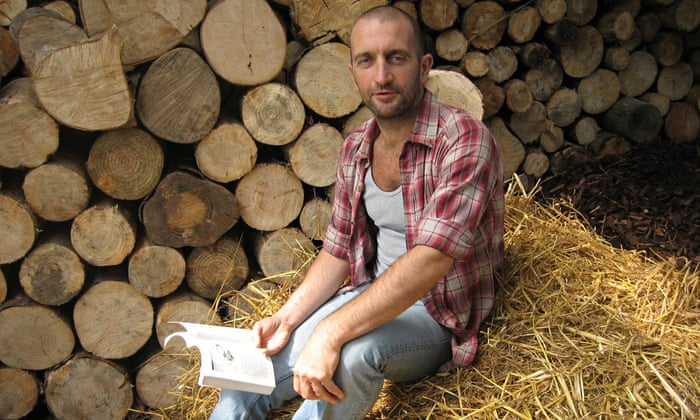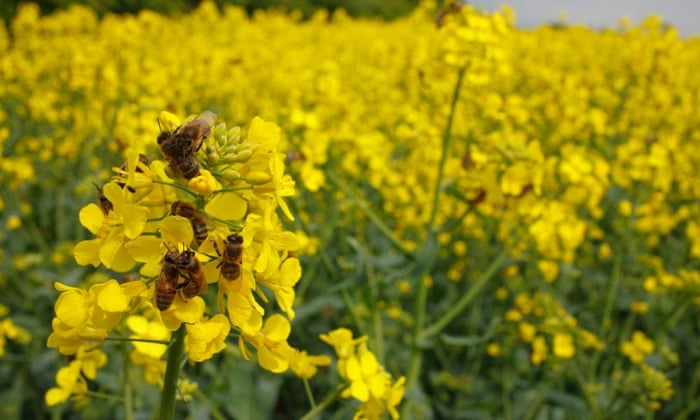by Michael Smith (Veshengro)
It is not so much of making do with less than using what you have and having fewer possessions, especially gadgets and also simpler things.
I am not talking about minimalism here but just reducing the unnecessary things, and there have been times that I have myself been guilty such as buying kitchen gadgets which are then used but a few times and that is. Afterwards they then just sit about somewhere doing nothing. But such and other gadgets are only one part. But I also do not mean throwing out what you have in order to unclutter unless uncluttering is absolutely necessary. Making do with less also means, obviously, making do with what you already have without adding any more to it.
Doing with less also means using the car less and using your feet more instead and the bicycle. You have one, haven't you?
When it comes to a bicycle it does not have to be the most “state of the art” (where is this state, this country, anyway?) one but an old one – done up – will do just as well, maybe even better. And a simple bike, especially a single-speed one, is much easier to maintain.
Such a simple bicycle can easily from an old derailleur gear change one by simply removing the gear changers, shortening the change so that the drive train runs true from either the middle or the outer crankshaft cogwheel to one of the smaller ones on the back wheel cluster. There is no need to buy a simple speed back wheel nor, in all honesty, a conversion kit.
There is no need to buy a new bicycle. An older or even old one can often be found for little money at a variety of places and mostly they but require a little TLC to get them back on the road and save you money and get you and keep you fit at the same time.
Reuse, because we can't recycle the Planet!
All too often people are obsessed with having to have the latest “toys” like as if they had never grown up. Then, maybe, they haven't. At least that is definitely how it does appear. They also seem to have been fiddling with those “toys” all the time, even when they are talking with another person.
I never did, as a child, have many toys. The toys that we did have when I was a child were either hand-made, found ones, or those handed down to us from others, and may be that has given me an edge here as not always to be looking for the latest “toy” but to make do with what I have got and also with what I find and what I can make from trash, for instance.
This is something that, for the sake of the Planet, and also as a preparation for changes in our world that are coming, we all must consider doing, that is to say making use of what we have and that includes reusing and upcycling some of the “waster” that we generate.
There is so much that we can change without having to shell out a single cent only no one seems to realize that and many people seem to think that living a simpler life actually costs them money, in the same way that they believe leading and living a greener life does. And by making do with less this can be achieved easier than with any green gadgets.
Reuse and upcycling is the name of the game as well as repair and not buying unnecessary stuff. Many things that you may need or want you can easily make your self by repurposing, reusing and upcycling and thus living a simpler life and making do with less by way of purchased possessions.
All too many people seem to be permanently buying something new, be this clothes, shoes, gadgets, or whatever, even though they already have enough of everything. I am not talking here about those that don't have enough to live comfortably but about those that have more that enough.
However, even those that do not – almost – have two pennies to rub together also fall for this and are prepared even to go into debt in order to afford all those things that everyone else has, as they think. If I have to go into debt to buy something then I cannot afford it and I will not try regardless if the neighbor has this or that that I may not have.
How many clothes or shoes, for instance, does one need or how many cellphone, TVs or whatever? You can only wear one pair of shoes at any one time and one set of clothes. But, apparently, they have to have at least one pair of shoes for every day of the week and at least two to three sets of clothes per day of the week. And, ideally, all of those clothes and shoes have to be respectable designer brands.
Then there has to be a pair of pajamas for every day of the week it seems and on and on it goes. That also means that there is a great deal of laundry that must be tackled at the end of the week or several times during the week even because of the sheer amount of it and that means energy and water usage by the ton.
We are being told, at least by those who buy all of that, that they need a suit for work, then a set of clothes for after work, and then something to lounge about in in the evening. And you have to have some good special clothes for going out to restaurants and such (and that also seems to have to happen several times a week), and on and on the excuses go as to why they have to buy all of that stuff and why they have to have it all.
We have become possessed by our possessions and while this may not be true for everyone, thank god, it seems true for a great majority, unfortunately. This all comes to the detriment of resources, of the Planet, and everything else.
Apparently there also has to be a TV set in every room of the house, and everyone has to have their own PC, their own this device and that, and on and on the list goes.
There is another way but it is almost as hard a sell as voluntary poverty, and in a way it is part of it, and that is to make do and to live well with less, especially with buying less unnecessary stuff, as said already.
With simple reuse, repurposing and upcycling you can make many of the things that you may need (and want) yourself without spending another single cent often. But most have become so accustomed to and, dare I say, brainwashed into having to buy everything that they need and want. And whatever they may need and want has to be able to be purchased now, there and then. It is, apparently, not possible to wait until one can actually afford it or look for a substitute to repurpose or a way to make this or that oneself.
Among some it has not become fashionable to drink from jars, glass jars, but they have to be designer recycled jars, it seems. To do what was common when I was a child, a definitely with my folk, to reuse a glass jar that had products packaged in them when you bought those products and which cost nothing bar what you paid for them (hidden cost) when you bought the products packaged in them, appears to be impossible. But at the same time they will toss such jars into the recycling bin doing their bit for the environment.
For those that are minded to do it there are so many ways to make things for themselves (and even for others) that it baffles me that there are so very few of us actually doing it. What was once, and that is not even that long ago, so common has now become something a rare a common sense and think of the rarest mineral. Not so long ago most people didn't even consider buy what they could make for themselves in one way or the other. Today, however, they do not think about the simple ways, only about buying, even if they cannot afford it. And, if they cannot buy it because they have not got the funds they bemoan that fact.
Sometimes, I must say, I despair of humanity. We believe to be so advanced but there are times that I am beginning to think that all that technology and the consumerism that we have brainwashed into has stifled everything else. We have lost, it would seem, any sense of resourcefulness and of the make do and mend attitude that existed not so long ago.
© 2015

















































